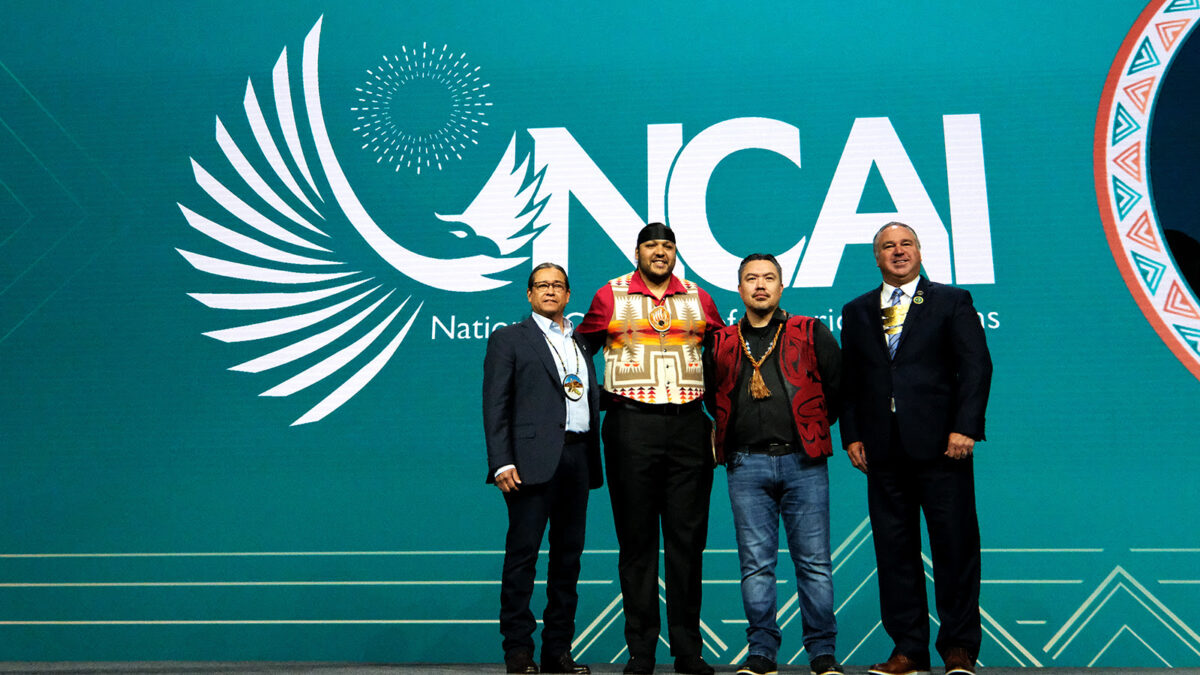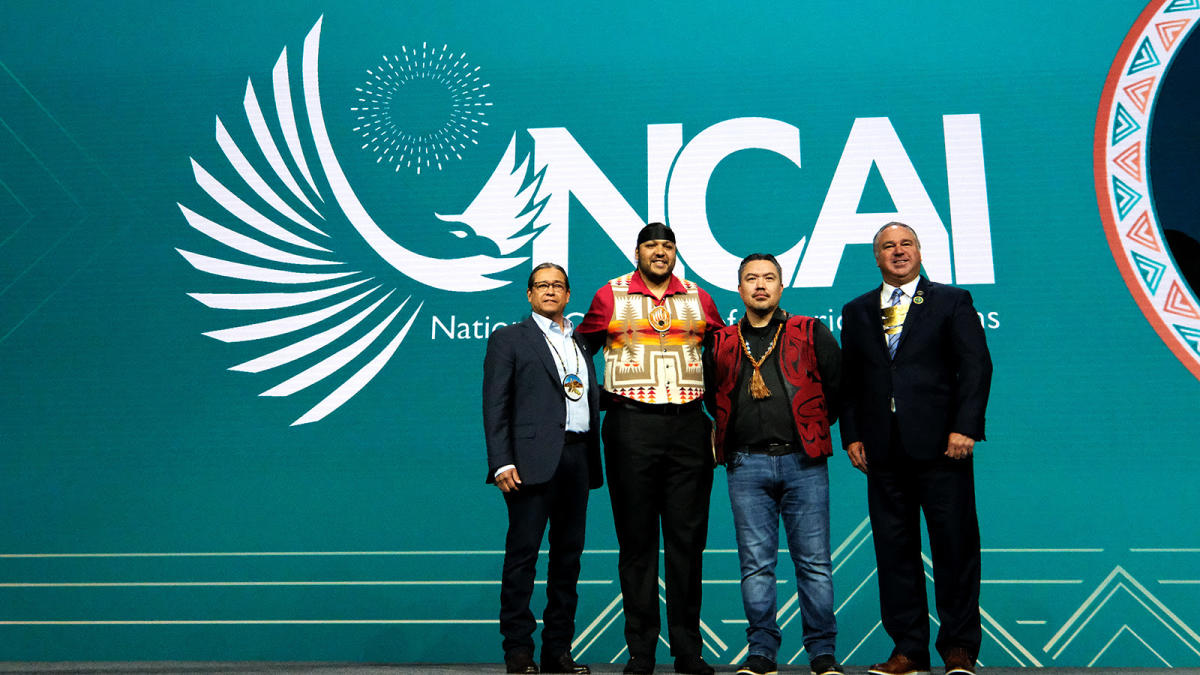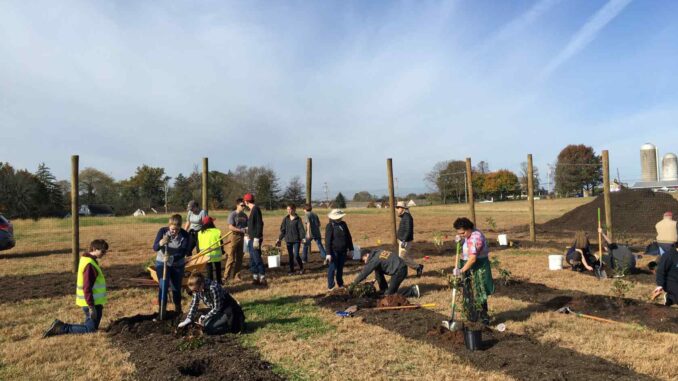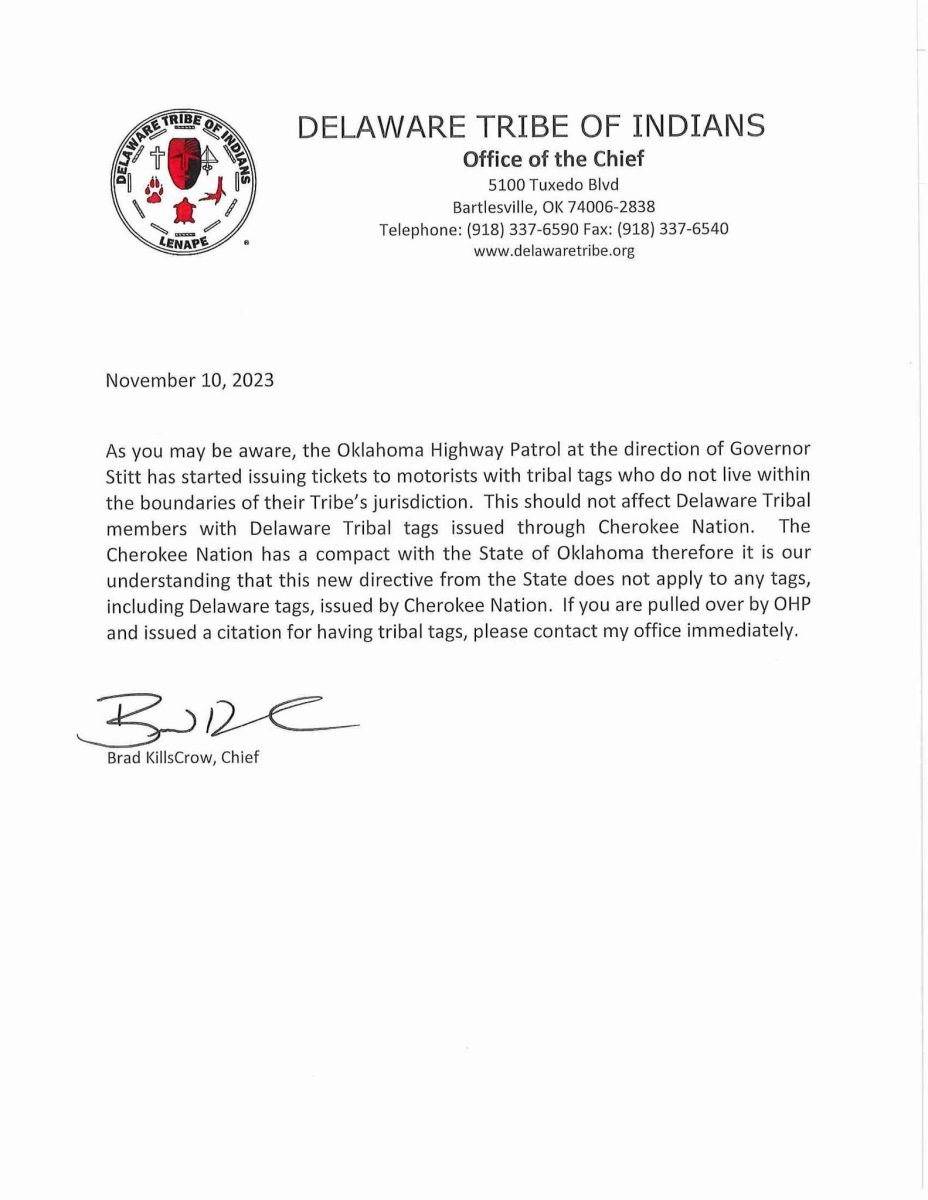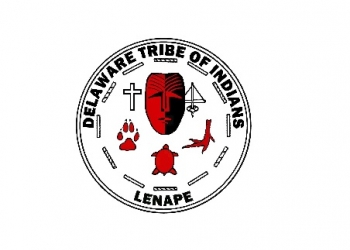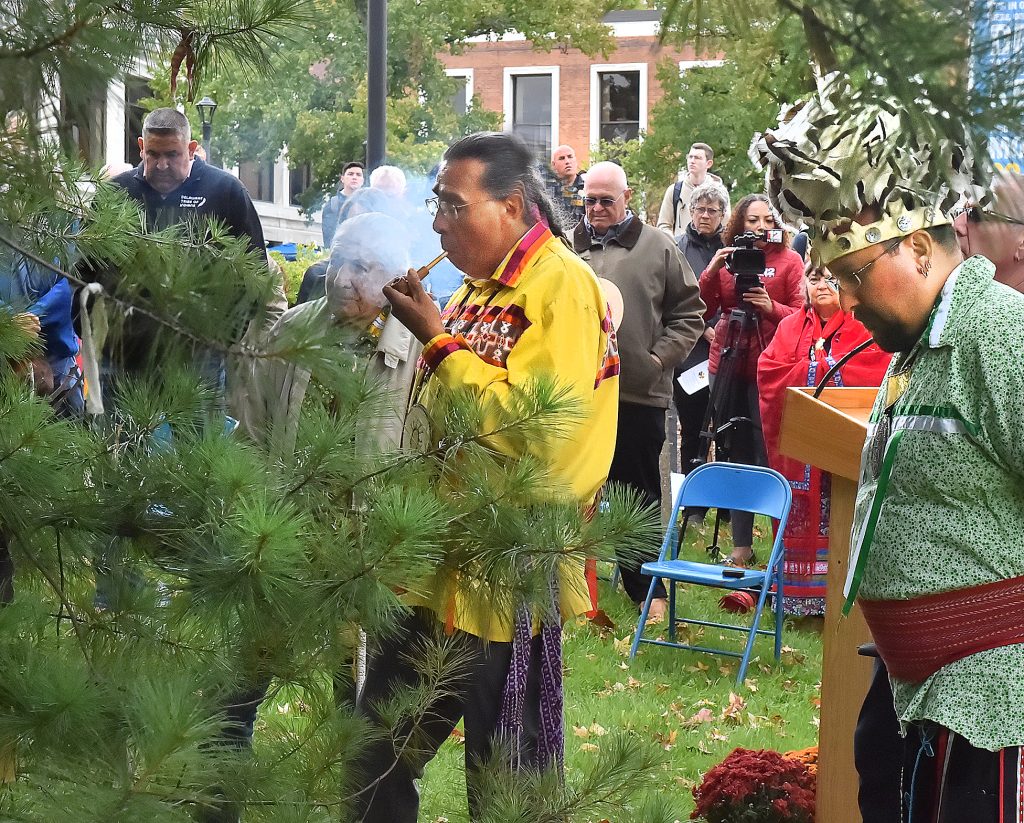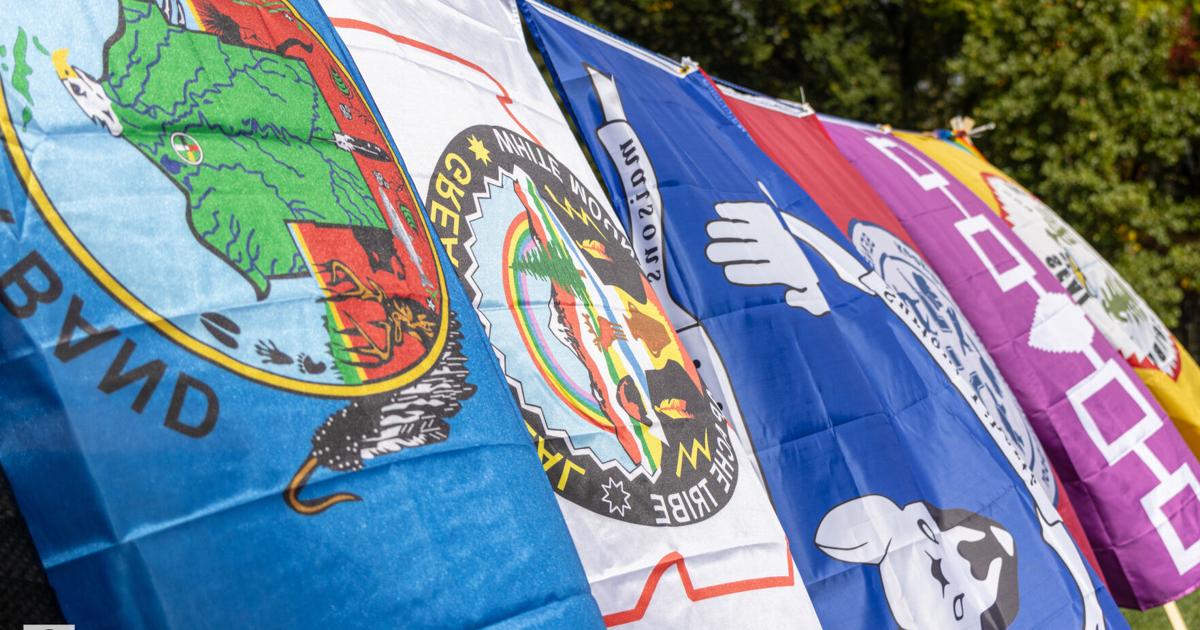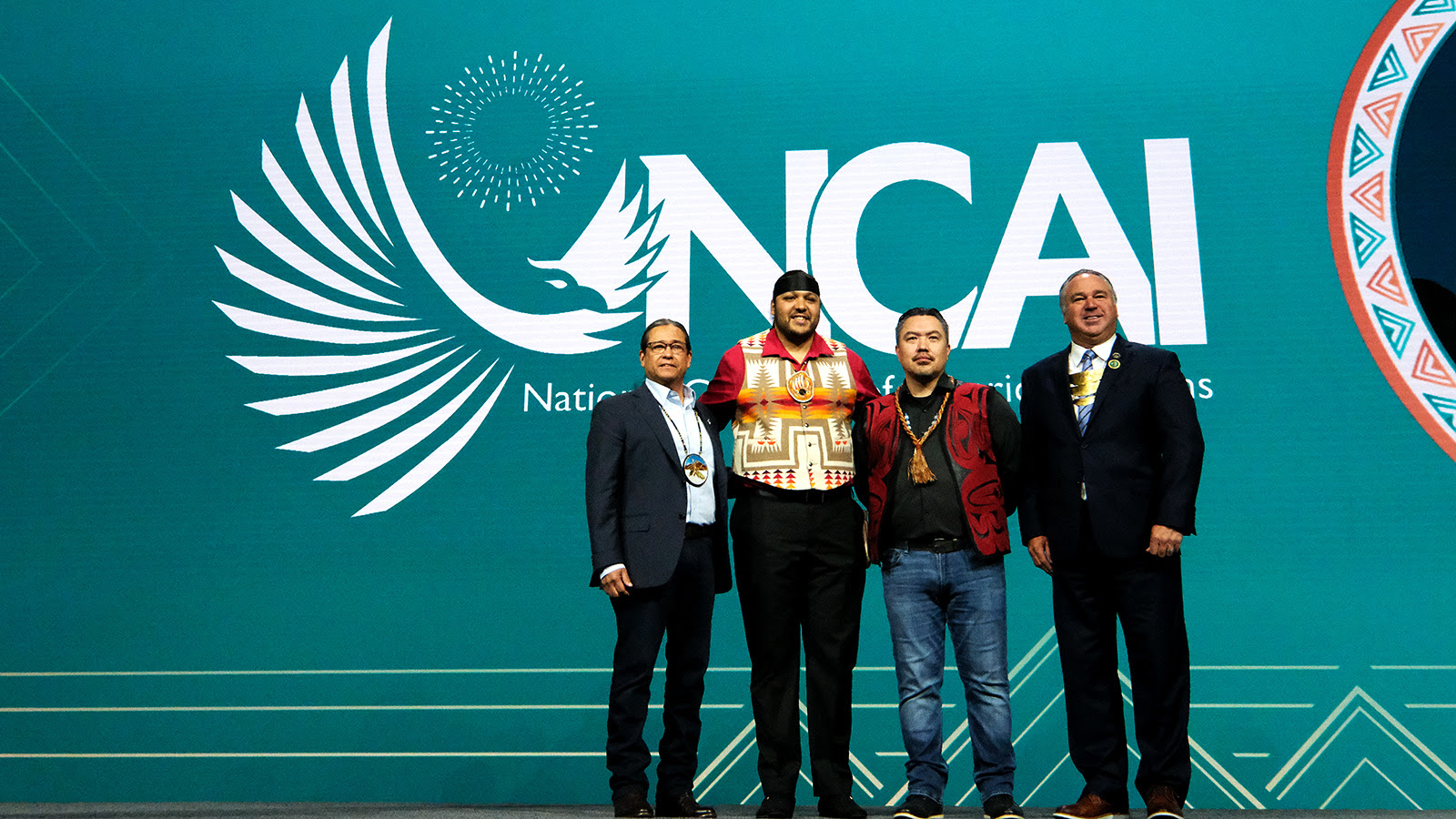 Details By Levi Rickert November 18, 2023
Details By Levi Rickert November 18, 2023
NEW ORLEANS — On the last days of its e 80th Annual Convention & Marketplace, the National Congress of American Indians (NCAI) swore in the newly elected 2023-2025 NCAI Executive Committee.The organization’s Executive Committee is comprised of four Executive Board Officers and Regional Vice Presidents and Alternates from each of the 12 NCAI regions.
Newly elected NCAI President Mark Macarro, Chairman of Pechanga Band of Luiseño Indians, expressed a message of unity and healing on the horizon for Indian Country.
‘‘I am deeply humbled and pleased to have been chosen by the National Congress of American Indians to lead this esteemed organization over the next two years,” said President Mark Macarro. “The next two years will undoubtedly present challenges, but together, we are ready for the journey ahead. I dedicate myself not only to the tribal leaders and delegates of NCAI, but to all of Indian Country, and I look forward to what we can achieve together.”
President Mark Macarro is joined by newly elected NCAI First Vice President Brian Weeden, who also serves as the Chairman of the Mashpee Wampanoag Tribe.
Nickolaus D. Lewis, Lummi Nation councilmember, was elected to the position of Recording Secretary.
“Serving on the NCAI Executive Board as Recording Secretary is a position dedicated to serving all of Indian Country, and I am humbled with the opportunity to be a servant for all of our people in this role,” said Recording Secretary Lewis. “There is a lot of work ahead, and it starts with working to earn our people’s trust. It will take time, but the commitment to be held accountable is going to always be there. Please know that I am committed to this work for uplifting all of our peoples and our…
